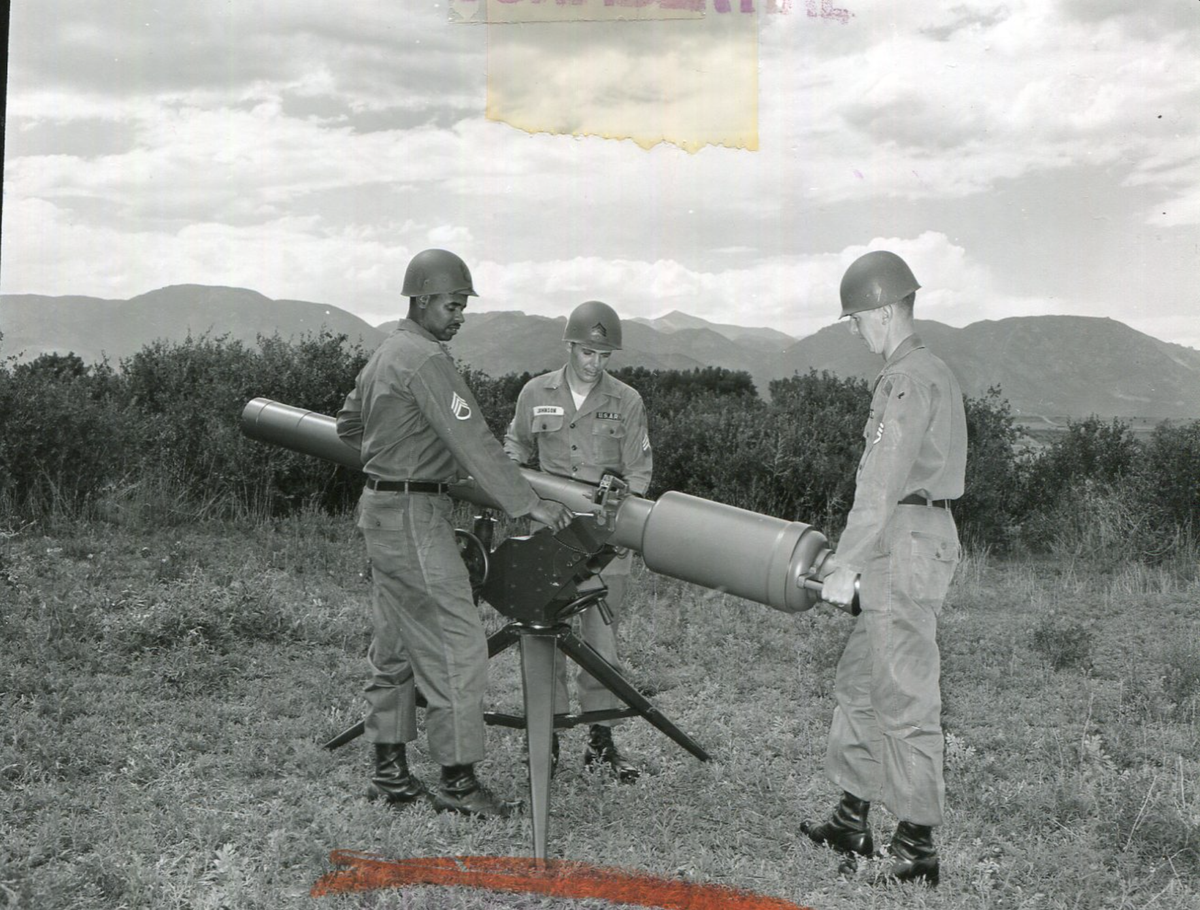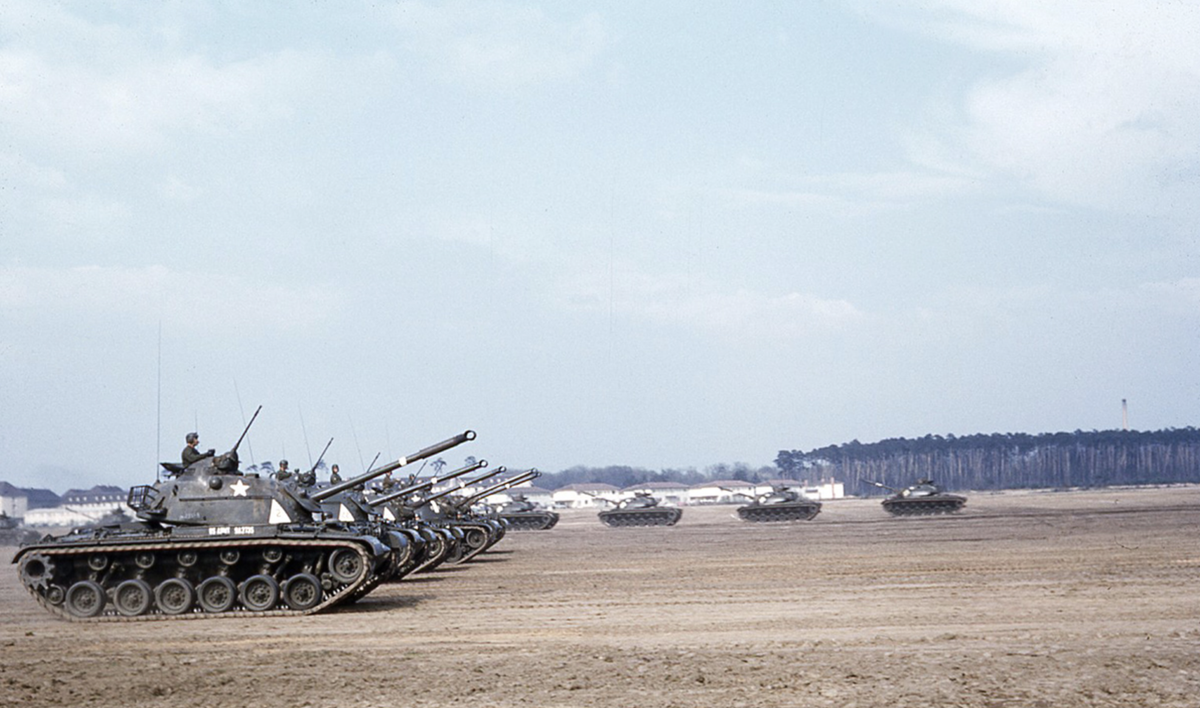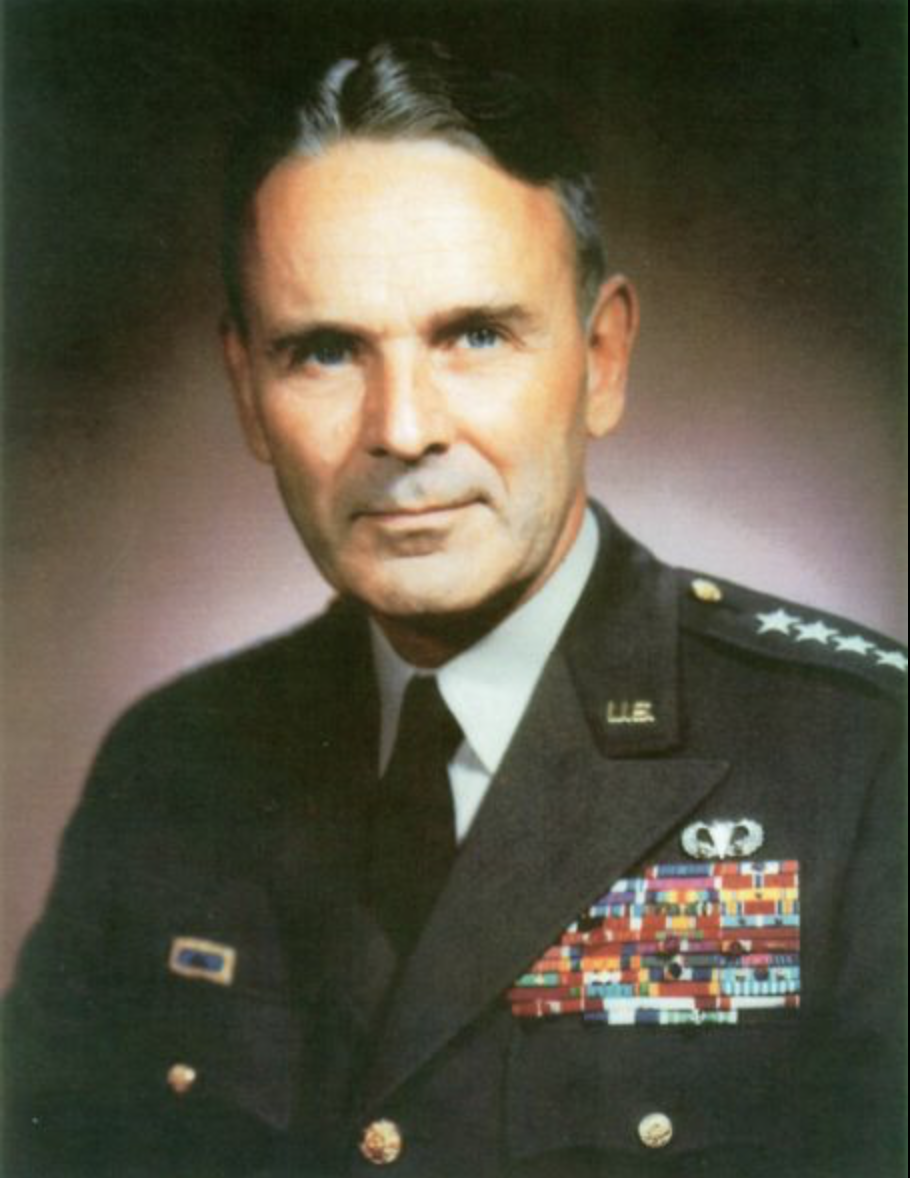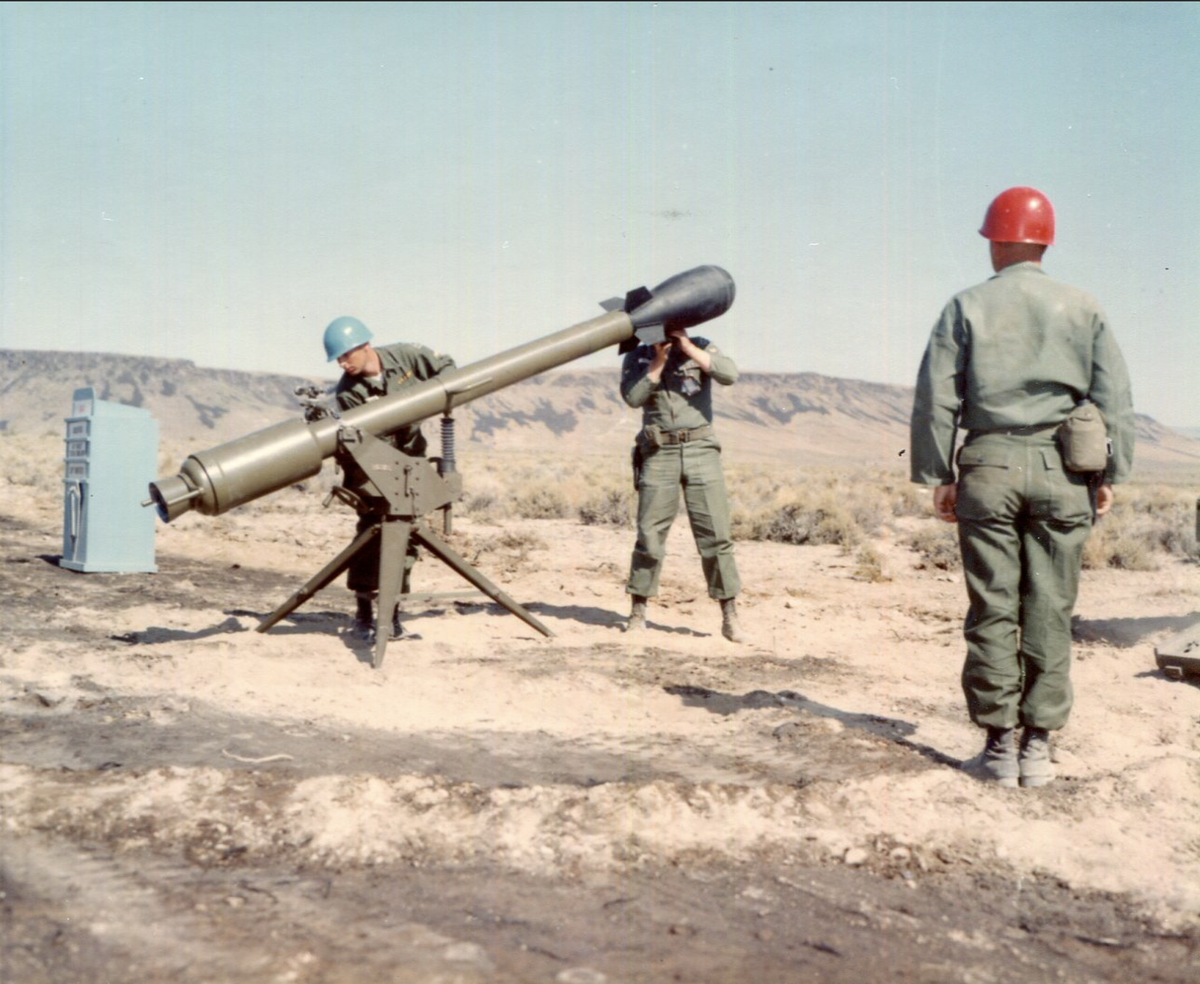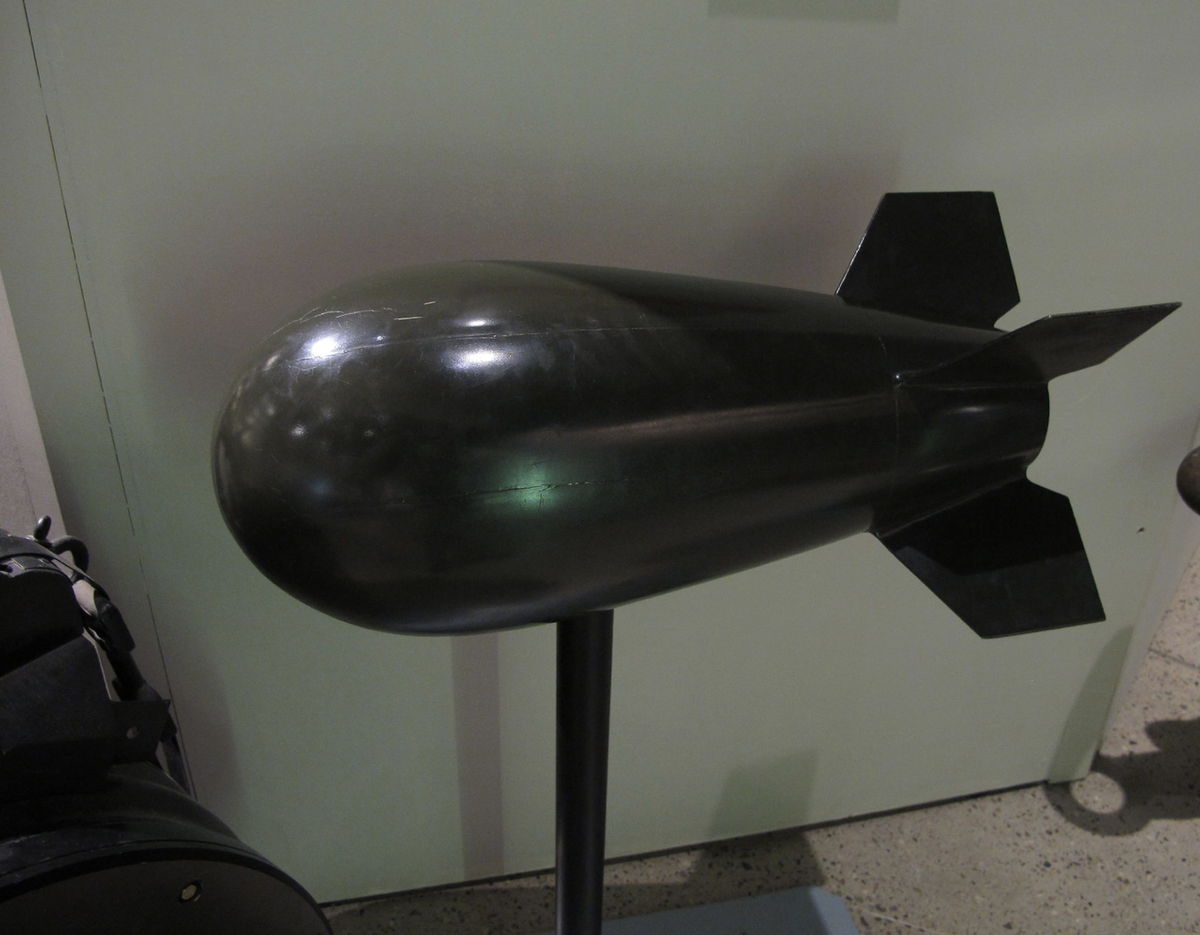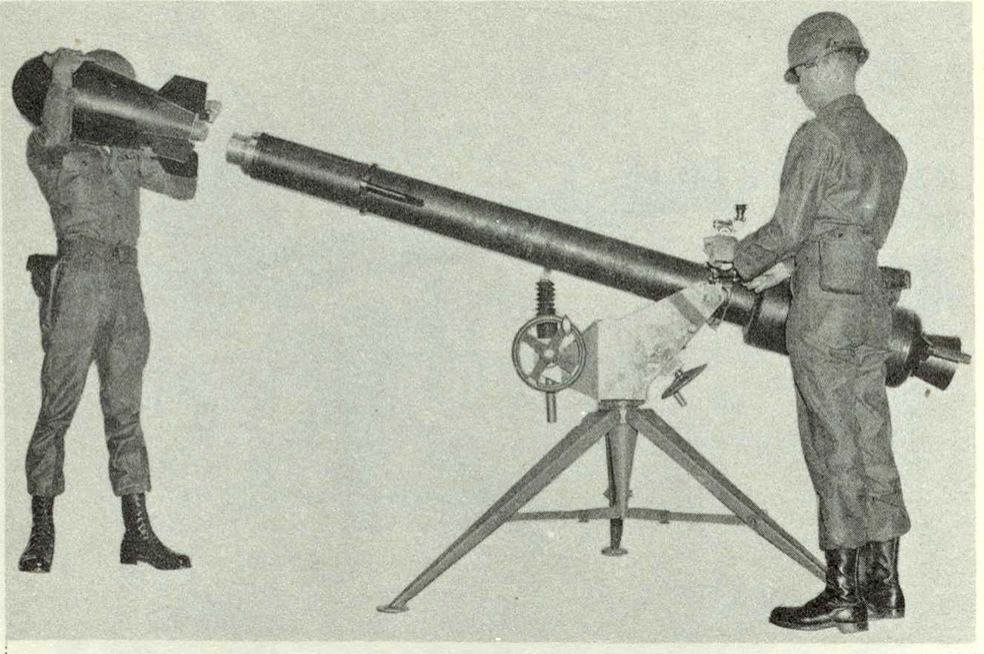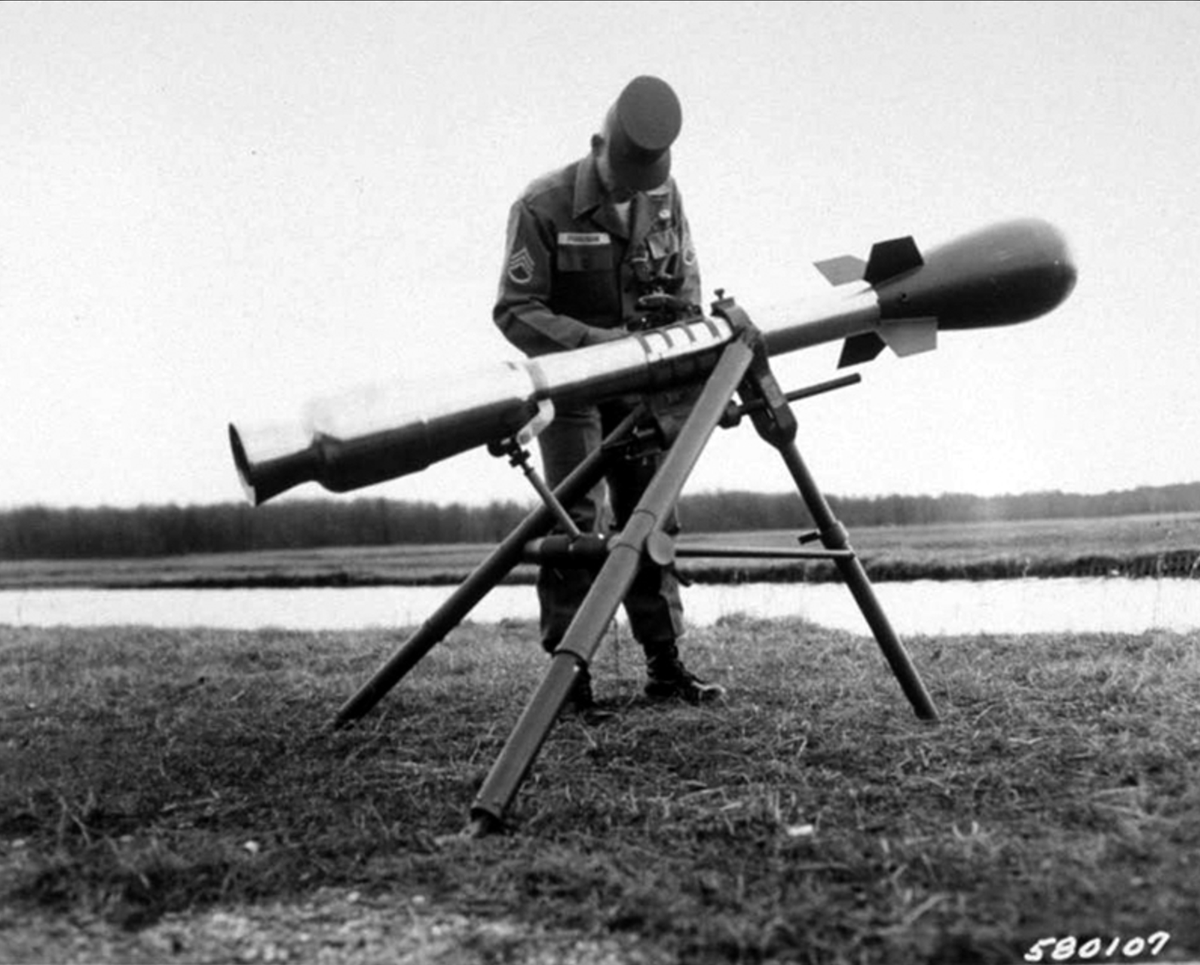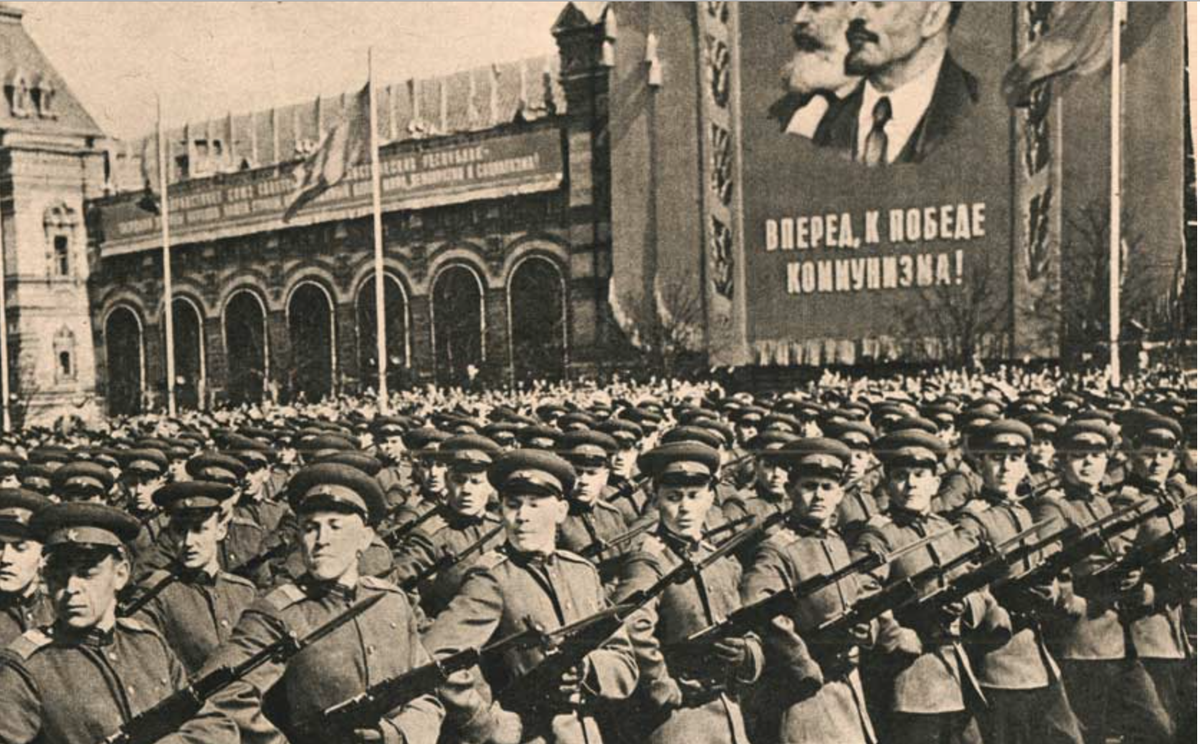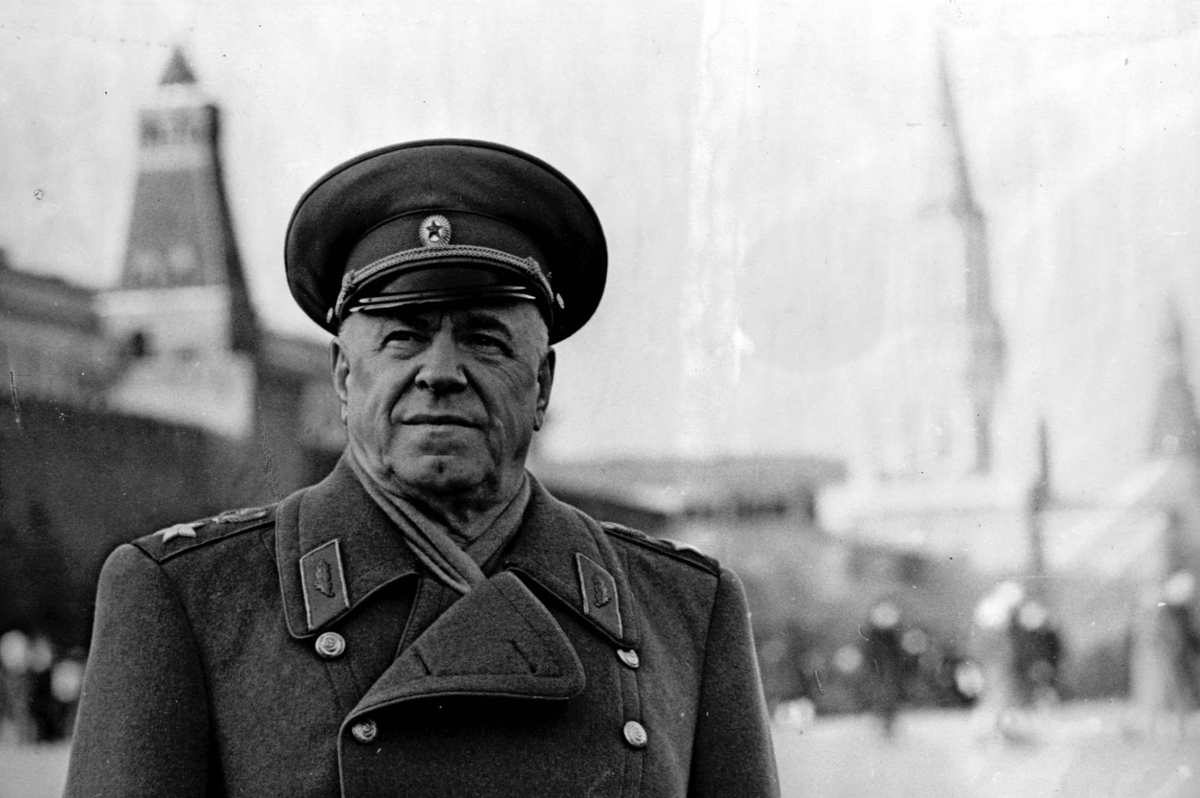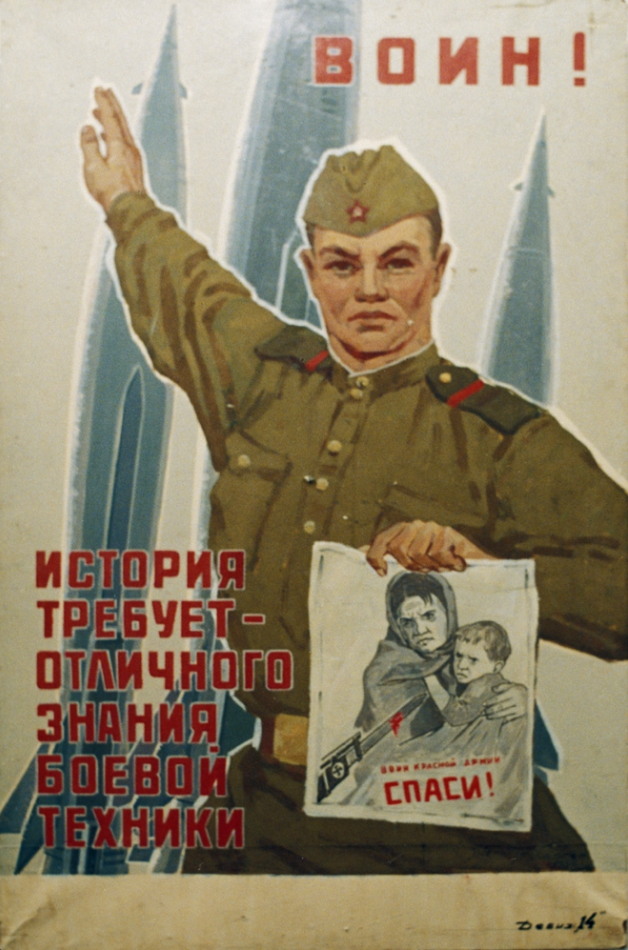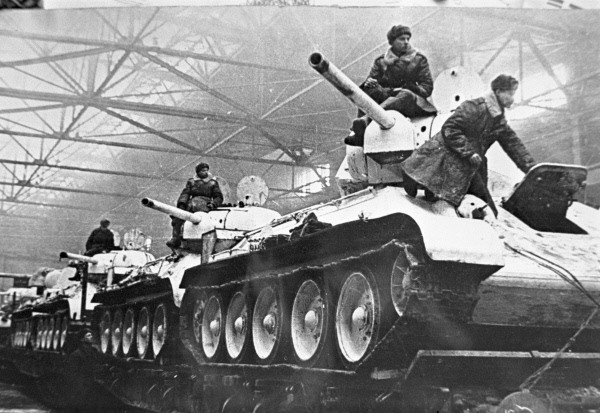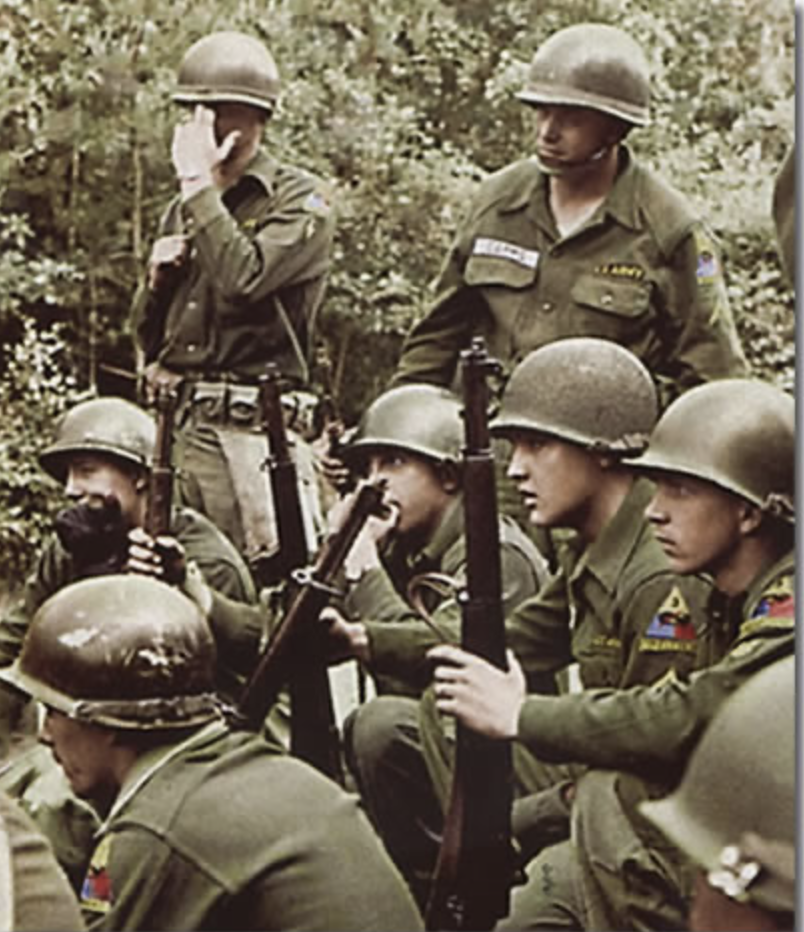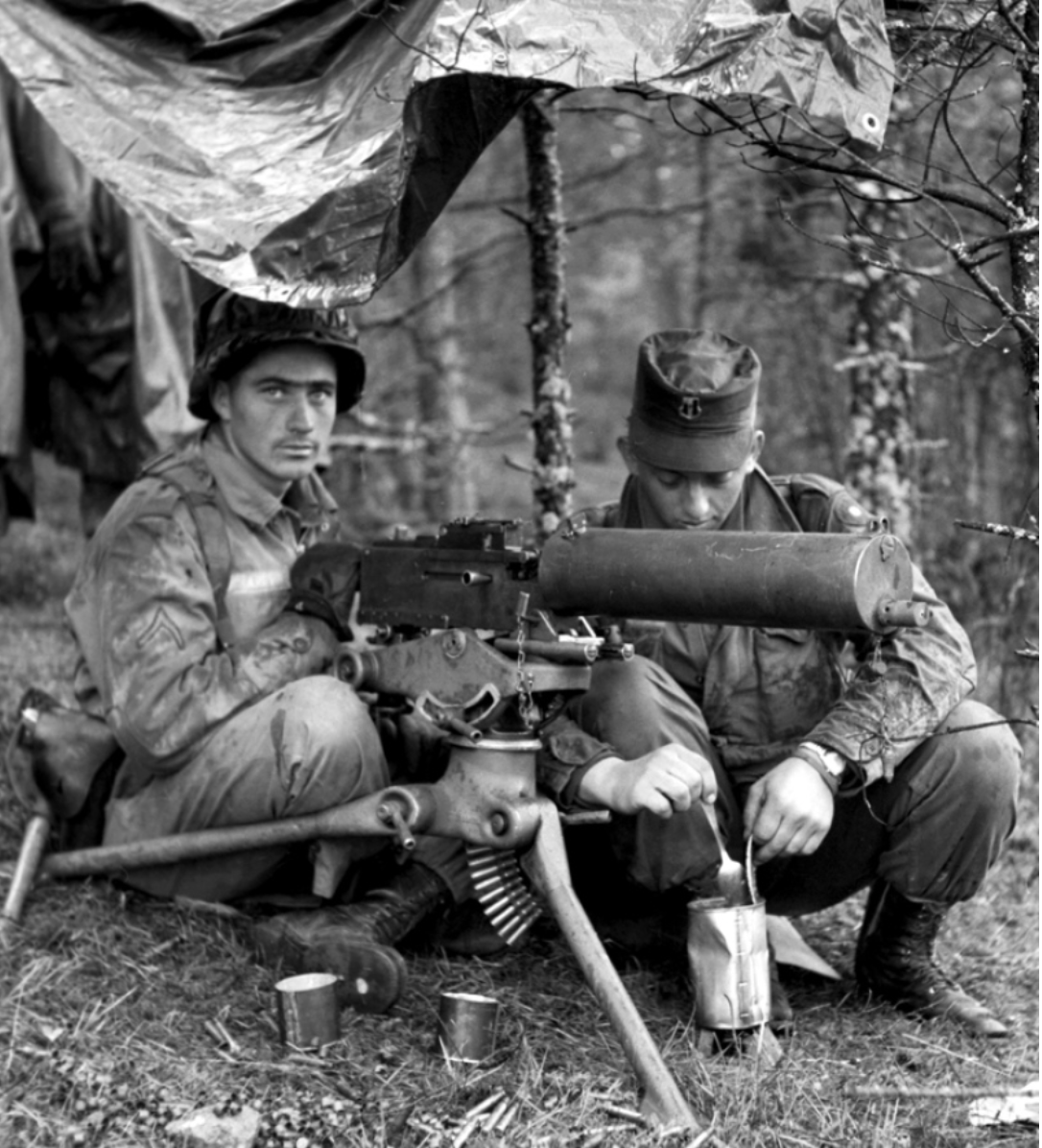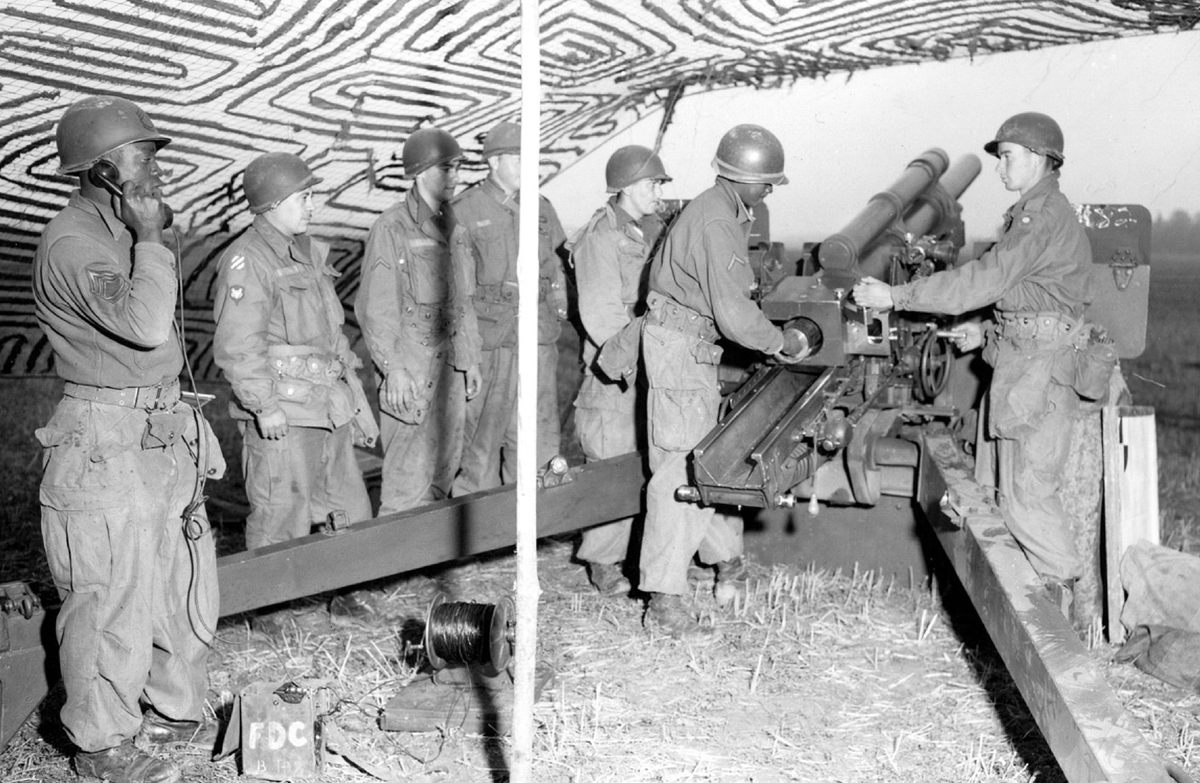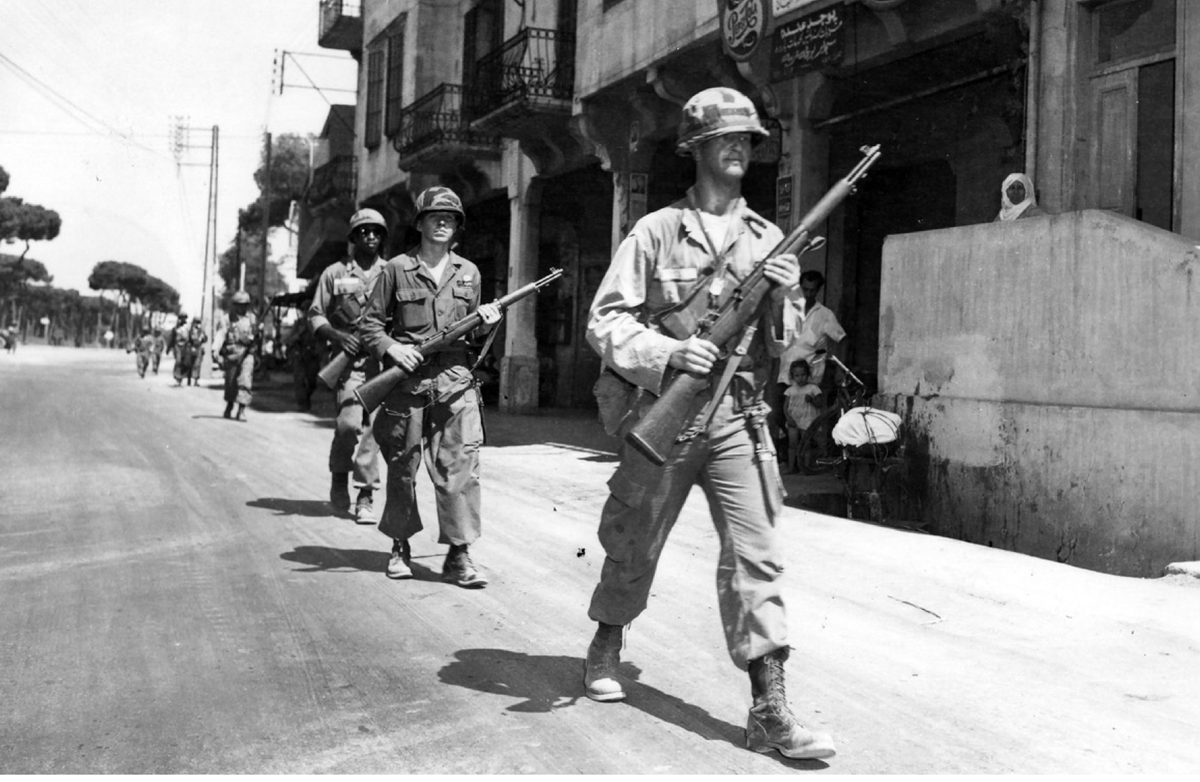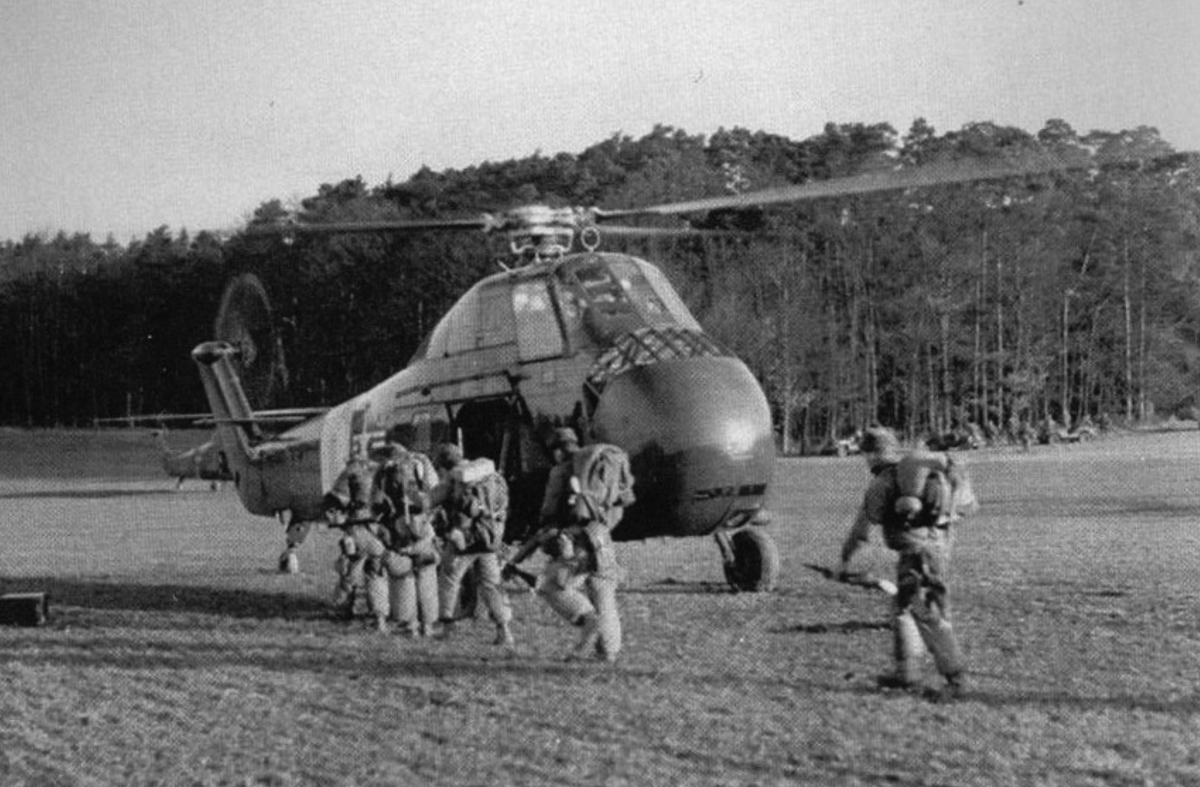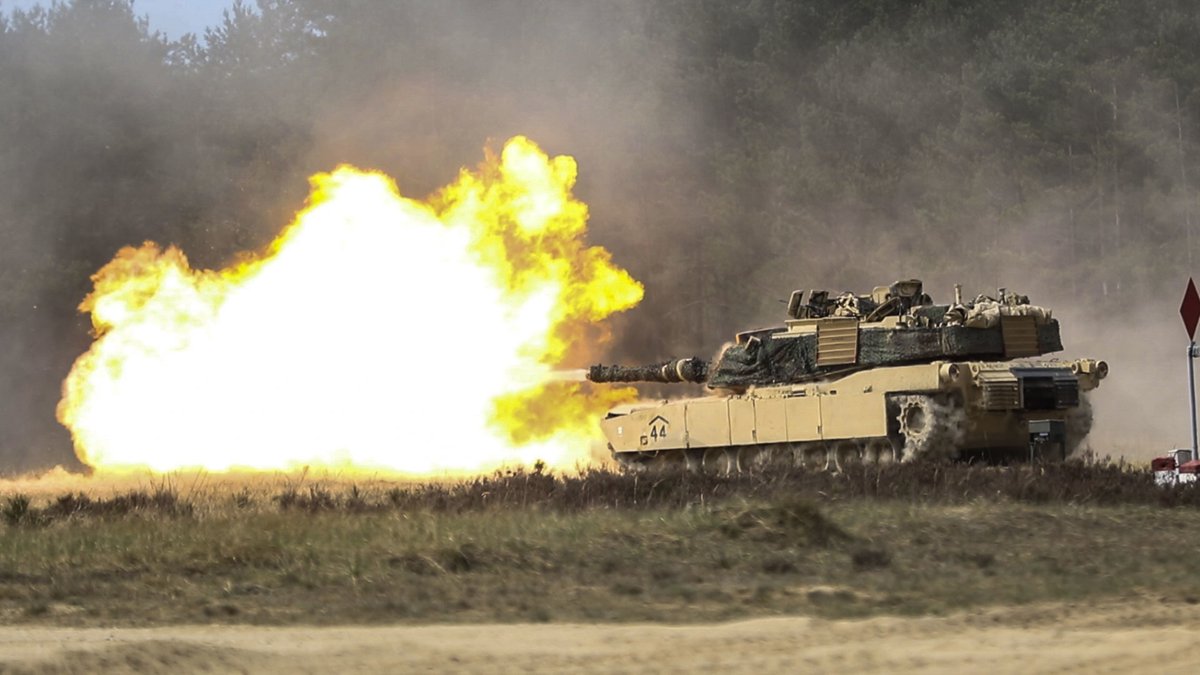Chapter 9: The Expendables
1 of 58
1 of 58
2 of 58
So, if you’ve not read each chapter, this isn’t going to make much sense. Please go back and read from chapter 1.
So, if you’ve not read each chapter, this isn’t going to make much sense. Please go back and read from chapter 1.
4 of 58
A couple of nerd Army Colonels come up with an oddball idea to reorganize the Army around groups of 5. (this was covered in chapter 6)
A couple of nerd Army Colonels come up with an oddball idea to reorganize the Army around groups of 5. (this was covered in chapter 6)
5 of 58
Taylor becomes enamored with the idea.
Taylor becomes enamored with the idea.
6 of 58
Suddenly Taylor had a concept to champion that will bring the @USArmy relevance (and maybe even get him the Chairman of the Joint Chiefs job)
Suddenly Taylor had a concept to champion that will bring the @USArmy relevance (and maybe even get him the Chairman of the Joint Chiefs job)
8 of 58
At the time infantry divisions still had the “triangular” force structure used in World War II, with units organized in threes [divisions controlled 3 infantry regiments]
At the time infantry divisions still had the “triangular” force structure used in World War II, with units organized in threes [divisions controlled 3 infantry regiments]
9 of 58
Three companies in a battalion, three battalions in a regiment, three regiments in a division, three….ok. You get the idea.
Three companies in a battalion, three battalions in a regiment, three regiments in a division, three….ok. You get the idea.
10 of 58
The battalions in each regiment were supposed to stick close together for tactical, logistical and communications support.
The battalions in each regiment were supposed to stick close together for tactical, logistical and communications support.
11 of 58
However, according to these Pentomic designers, large regiments would make ideal targets for nuclear attacks.
However, according to these Pentomic designers, large regiments would make ideal targets for nuclear attacks.
13 of 58
So, the Pentomic division [penta = Greek for “5”] was based around 5 battalions—renamed “battle groups”—each composed of 5 infantry companies.
So, the Pentomic division [penta = Greek for “5”] was based around 5 battalions—renamed “battle groups”—each composed of 5 infantry companies.
14 of 58
A 6th support company in the battle group included radars, a battery of 4.2-inch mortars, 106-millimeter anti-tank recoilless rifles and the Army’s first anti-tank missiles, the French-made SS-10.
A 6th support company in the battle group included radars, a battery of 4.2-inch mortars, 106-millimeter anti-tank recoilless rifles and the Army’s first anti-tank missiles, the French-made SS-10.
15 of 58
The infantry squads were increased to eleven men each and issued squad-level radios for the first time, as well as new M14 semi-automatic rifles with twenty-round magazines that could be switched to (incredibly inaccurate) automatic fire.
The infantry squads were increased to eleven men each and issued squad-level radios for the first time, as well as new M14 semi-automatic rifles with twenty-round magazines that could be switched to (incredibly inaccurate) automatic fire.
16 of 58
The Pentomic divisions possessed no regimental level of organization.
[by the way, here& #39;s the proposed "Pentomic Army" patch....never approved for wear]
The Pentomic divisions possessed no regimental level of organization.
[by the way, here& #39;s the proposed "Pentomic Army" patch....never approved for wear]
18 of 58
Meanwhile, Armor, artillery and logistical elements were detached from the division to reinforce each 1,400-man battle group.
Meanwhile, Armor, artillery and logistical elements were detached from the division to reinforce each 1,400-man battle group.
19 of 58
The Pentomic divisions had five direct support artillery battalions, with one battery apiece of 105- and 155-millimeter howitzers, as well as a tank battalion.
The Pentomic divisions had five direct support artillery battalions, with one battery apiece of 105- and 155-millimeter howitzers, as well as a tank battalion.
20 of 58
The tank battalion had - you guess it - 5 companies.
The tank battalion had - you guess it - 5 companies.
21 of 58
These tanks were split up to support battle groups on the frontline, allowing the infantry units to remain self-sufficient even if they were cut off from support by radiation and advancing Soviet tanks.
These tanks were split up to support battle groups on the frontline, allowing the infantry units to remain self-sufficient even if they were cut off from support by radiation and advancing Soviet tanks.
22 of 58
This Corps’ 2 airborne divisions (the @82ndABNDIV and the @101stAASLTDiv) were the first to convert to the Pentomic organizational structure in 1957.
This Corps’ 2 airborne divisions (the @82ndABNDIV and the @101stAASLTDiv) were the first to convert to the Pentomic organizational structure in 1957.
24 of 58
The armored divisions did not undergo conversion, as they already had a smaller and more flexible organization.
The armored divisions did not undergo conversion, as they already had a smaller and more flexible organization.
26 of 58
Remember, Ike’s big concern with the Army is that there were too many people and the whole thing cost too much whereas the Air Force could deliver in a nuclear fight and didn& #39;t have very many people.
Remember, Ike’s big concern with the Army is that there were too many people and the whole thing cost too much whereas the Air Force could deliver in a nuclear fight and didn& #39;t have very many people.
27 of 58
By limiting the number of troops in a division, Taylor could show President Eisenhower and Secretary of Defense Charlie Wilson that the @USArmy could offer combat power without an enormous personnel overhead.
By limiting the number of troops in a division, Taylor could show President Eisenhower and Secretary of Defense Charlie Wilson that the @USArmy could offer combat power without an enormous personnel overhead.
28 of 58
In battle with the Soviets, the Pentomic division would keep its battle groups spread out in defensive islands, so that no more than one could be wiped out by a single nuclear strike.
In battle with the Soviets, the Pentomic division would keep its battle groups spread out in defensive islands, so that no more than one could be wiped out by a single nuclear strike.
29 of 58
There was no pretext around the fact that Soldiers within the Pentomic divisions, the soldiers manning tactical nuclear weapons, were expendable.
There was no pretext around the fact that Soldiers within the Pentomic divisions, the soldiers manning tactical nuclear weapons, were expendable.
30 of 58
For example, infantry divisions were resourced with Davy Crockett Sections.
For example, infantry divisions were resourced with Davy Crockett Sections.
31 of 58
Each Davy Crockett section carried the M-28 or M-29 Davy Crockett Weapon System: a smoothbore tactical nuclear recoilless gun for firing the M-388 nuclear projectile.
Each Davy Crockett section carried the M-28 or M-29 Davy Crockett Weapon System: a smoothbore tactical nuclear recoilless gun for firing the M-388 nuclear projectile.
32 of 58
The M388 carried the W54 warhead, the smallest nuclear weapon deployed by U.S. armed forces. The W54 weighed fifty-one pounds and had an explosive yield of .01-.02 kilotons of TNT (the equivalent of approximately 10-20 tons).
The M388 carried the W54 warhead, the smallest nuclear weapon deployed by U.S. armed forces. The W54 weighed fifty-one pounds and had an explosive yield of .01-.02 kilotons of TNT (the equivalent of approximately 10-20 tons).
35 of 58
Which meant that unless the Davy Crockett section would have to fire the M3888, get in a jeep, and move out like a NASCAR driver to survive the blast.
Which meant that unless the Davy Crockett section would have to fire the M3888, get in a jeep, and move out like a NASCAR driver to survive the blast.
36 of 58
If you didn’t have a good wind blowing away from you at the point of impact, you were likely dead. The Davy Crockett was mostly a suicide mission.
If you didn’t have a good wind blowing away from you at the point of impact, you were likely dead. The Davy Crockett was mostly a suicide mission.
37 of 58
The best bet for a battle group commander in a fight with the Soviets: your troops slowed the enemy tanks down enough before they died to get the @USAirForce into the fight.
The best bet for a battle group commander in a fight with the Soviets: your troops slowed the enemy tanks down enough before they died to get the @USAirForce into the fight.
38 of 58
There was a greater chance that a mishandling of an atomic warhead would blow up your own troops than that these battle groups would be able to do much damage to the Soviets.
There was a greater chance that a mishandling of an atomic warhead would blow up your own troops than that these battle groups would be able to do much damage to the Soviets.
39 of 58
Additionally, there were many practical concerns about the Pentomic restructure.
Additionally, there were many practical concerns about the Pentomic restructure.
40 of 58
For example, five reinforced battalions simply weren’t as effective as three full regiments, especially in conventional warfare.
For example, five reinforced battalions simply weren’t as effective as three full regiments, especially in conventional warfare.
41 of 58
Some critics felt that the battle groups didn’t have enough firepower to do much of anything but die if faced with Russian tank forces
Some critics felt that the battle groups didn’t have enough firepower to do much of anything but die if faced with Russian tank forces
42 of 58
In fact, while we were stripping our maneuver formations of combat power, the Russans were going the other way.
In fact, while we were stripping our maneuver formations of combat power, the Russans were going the other way.
43 of 58
In 1956, Georgiy Zhukov, Soviet Minister of Defense (same job as our SecDef), began a sweeping restructuring of the entire Red Army to adapt to the threat of orudie massovykh porazhenie (weapons of mass destruction)
In 1956, Georgiy Zhukov, Soviet Minister of Defense (same job as our SecDef), began a sweeping restructuring of the entire Red Army to adapt to the threat of orudie massovykh porazhenie (weapons of mass destruction)
45 of 58
The Red Army eliminated vulnerable cavalry divisions (sorry @CavRTK) and increased the number of heavy tanks in each maneuver formation.
The Red Army eliminated vulnerable cavalry divisions (sorry @CavRTK) and increased the number of heavy tanks in each maneuver formation.
46 of 58
Also, although the US Pentomic divisions theoretically had 33 percent more troops in frontline roles, they often needed to shift those troops back to logistical tasks because the support services were undermanned. Not enough cowbell.
Also, although the US Pentomic divisions theoretically had 33 percent more troops in frontline roles, they often needed to shift those troops back to logistical tasks because the support services were undermanned. Not enough cowbell.
47 of 58
The Pentomic battle groups also lacked battlefield mobility in the form of armored all-terrain transport.
The Pentomic battle groups also lacked battlefield mobility in the form of armored all-terrain transport.
48 of 58
There were also a TON of command and control problems with the US Pentomic idea.
There were also a TON of command and control problems with the US Pentomic idea.
49 of 58
For example, five battle groups w/ no intermediate HQ would quickly exceed a Division commander’s span of control.
For example, five battle groups w/ no intermediate HQ would quickly exceed a Division commander’s span of control.
50 of 58
Also, the colonel in charge of a battle group had to direct between 5 and 9 companies at a time once typical supporting units were accounted for, (rather than the 3 to 5 a battalion commander would normally have to deal with).
Also, the colonel in charge of a battle group had to direct between 5 and 9 companies at a time once typical supporting units were accounted for, (rather than the 3 to 5 a battalion commander would normally have to deal with).
51 of 58
This was more than most officers could effectively keep track of.
This was more than most officers could effectively keep track of.
53 of 58
The fact that all these units lost their lineage and heritage with the loss of their regimental affiliation also bothered many people who cared about Army tradition.
The fact that all these units lost their lineage and heritage with the loss of their regimental affiliation also bothered many people who cared about Army tradition.
54 of 58
As each division became smaller it lost much of the historical identity invested in the absent regimental units.
As each division became smaller it lost much of the historical identity invested in the absent regimental units.
55 of 58
Thankfully, The Pentomic divisions fortunately never saw combat (though they came close to doing so in the Cuban Missile Crisis).
Thankfully, The Pentomic divisions fortunately never saw combat (though they came close to doing so in the Cuban Missile Crisis).
56 of 58
Once Taylor was out of the job in late 1959, the Army examined transitioning away from the Pentomic structure.
Once Taylor was out of the job in late 1959, the Army examined transitioning away from the Pentomic structure.
END OF CHAPTER 9
We’re wondering what our maneuver experts ( @DogFaceSoldier, @Ross_Coffman, @Strategy_Bridge, @WarInstitute, @TRADOCDCG, @RichGanske) think about the Pentomic structure.
We’re wondering what our maneuver experts ( @DogFaceSoldier, @Ross_Coffman, @Strategy_Bridge, @WarInstitute, @TRADOCDCG, @RichGanske) think about the Pentomic structure.

 Read on Twitter
Read on Twitter
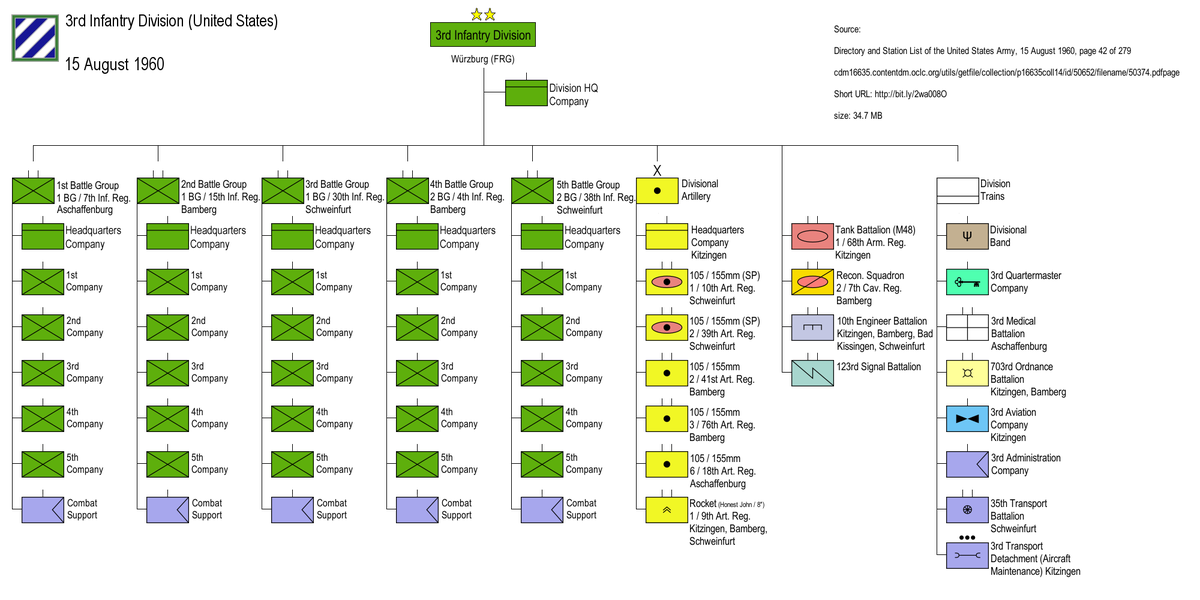
![8 of 58At the time infantry divisions still had the “triangular” force structure used in World War II, with units organized in threes [divisions controlled 3 infantry regiments] 8 of 58At the time infantry divisions still had the “triangular” force structure used in World War II, with units organized in threes [divisions controlled 3 infantry regiments]](https://pbs.twimg.com/media/EdICg3KXsAIcHo8.png)
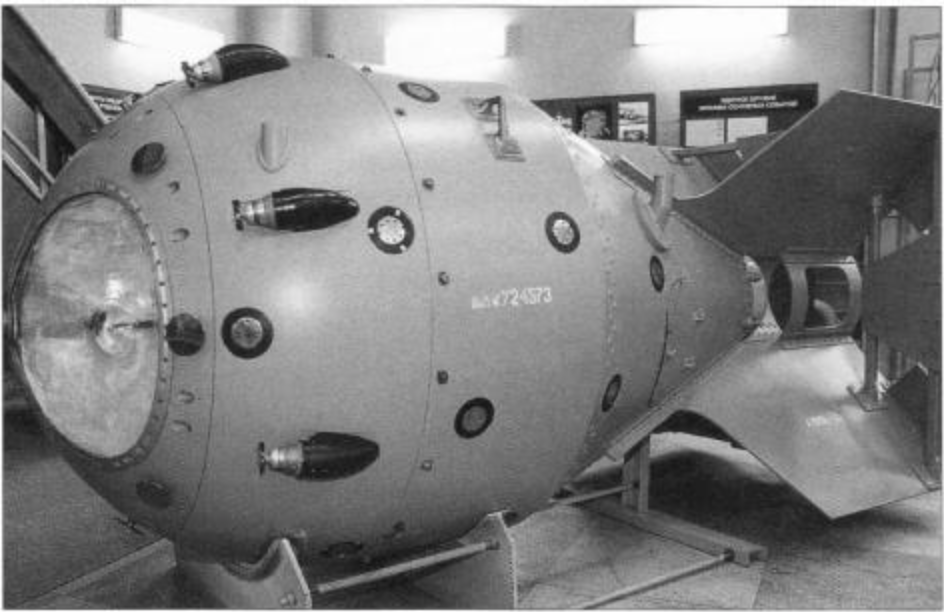
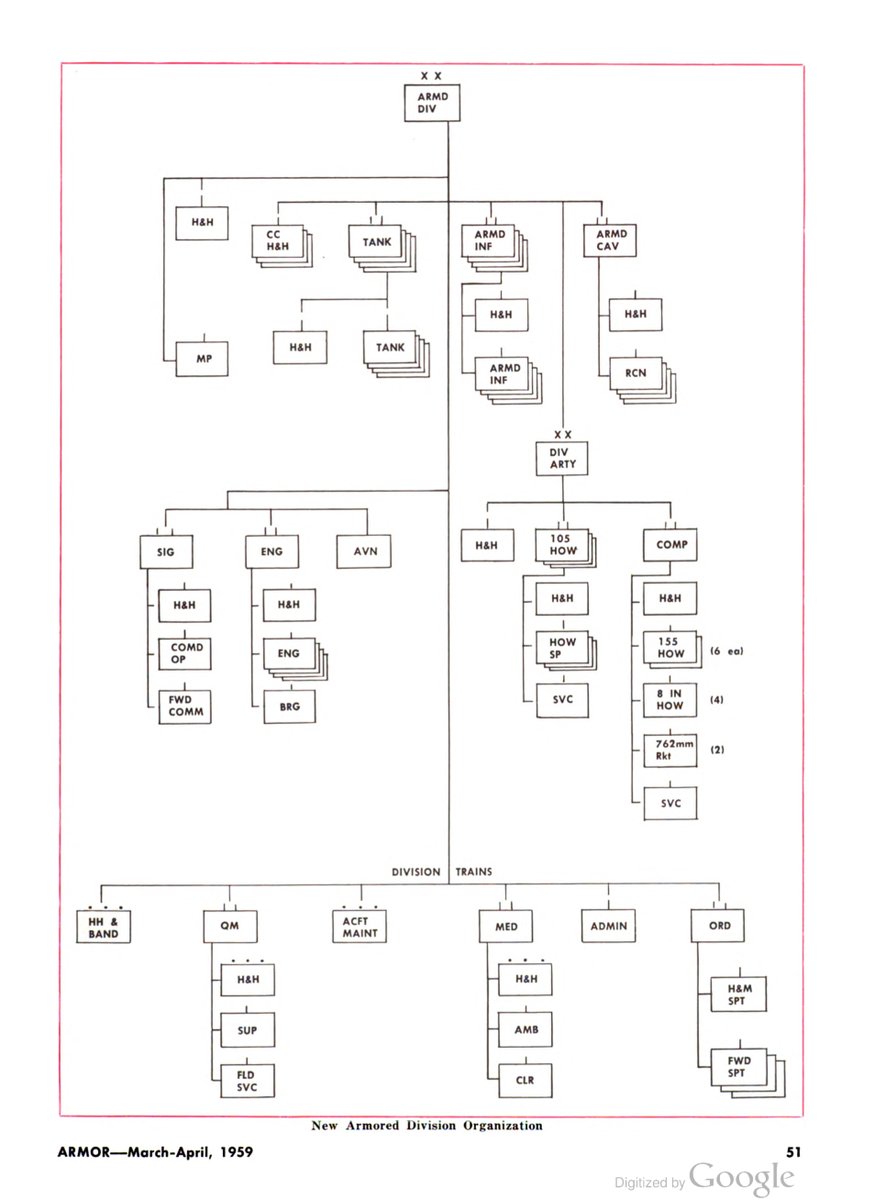
![13 of 58So, the Pentomic division [penta = Greek for “5”] was based around 5 battalions—renamed “battle groups”—each composed of 5 infantry companies. 13 of 58So, the Pentomic division [penta = Greek for “5”] was based around 5 battalions—renamed “battle groups”—each composed of 5 infantry companies.](https://pbs.twimg.com/media/EdIDYCcXkAEPgdR.jpg)


![16 of 58The Pentomic divisions possessed no regimental level of organization. [by the way, here& #39;s the proposed "Pentomic Army" patch....never approved for wear] 16 of 58The Pentomic divisions possessed no regimental level of organization. [by the way, here& #39;s the proposed "Pentomic Army" patch....never approved for wear]](https://pbs.twimg.com/media/EdIFCToWoAEGx4S.png)





